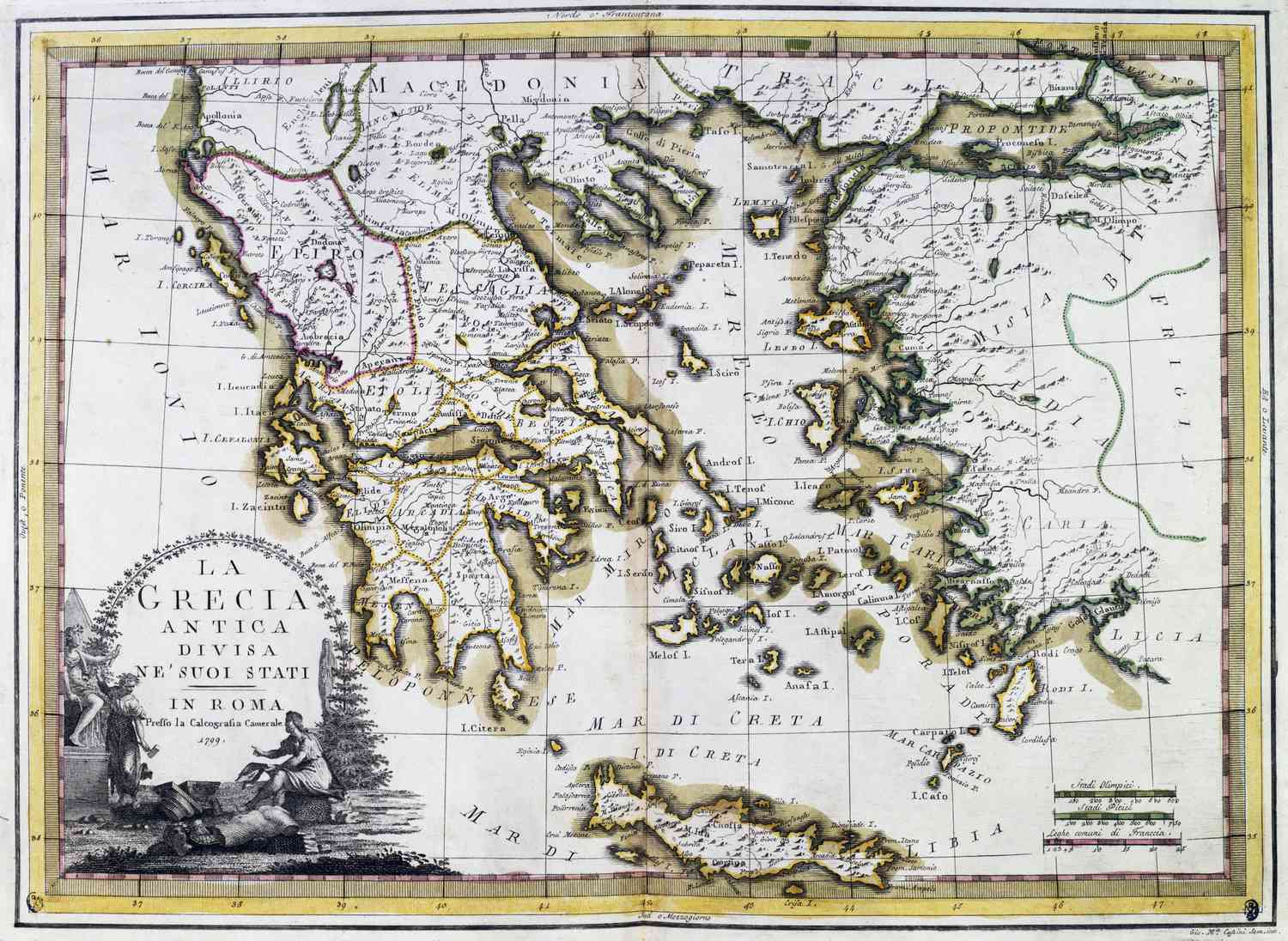This article compares and contrasts the ancient civilizations of Greece and Rome, exploring their differences and similarities in government, art, and culture. One key difference was that Greece was composed of independent city-states with democratic ideals, while Rome was a centralized empire ruled by an emperor. Greek art focused on beauty and symmetry, while Roman art conveyed authority and power. Greek culture was heavily influenced by philosophy, while Roman culture was more focused on law and order and community. Despite their differences, both societies had a significant impact on the development of Western civilization.
Rome vs. Greece: A Comparative Analysis of Ancient Civilizations
Introduction
When it comes to ancient civilizations, Greece and Rome are two of the most well-known and studied. These two societies had a significant impact on the development of Western civilization and have left a lasting legacy that can still be felt today. In this article, we will compare and contrast the ancient civilizations of Rome and Greece, exploring their similarities and differences in areas such as government, art, and culture.
Government
One of the most significant differences between ancient Rome and Greece was their form of government. While Greece was composed of independent city-states, each with their own unique government structure, Rome was a unified empire with a centralized government. The Greeks were well-known for their democratic ideals and the concept of the “polis”, or city-state. On the other hand, Rome was ruled by an emperor, who wielded significant power over the empire. Both societies had complex political systems, but their structures were fundamentally different.
Art
Greek art is known for its attention to detail and focus on symmetry and beauty. Greek artists often portrayed mythological scenes and figures, as well as real people in a realistic and idealized manner. Roman art, on the other hand, was heavily influenced by the Greeks but had a more utilitarian purpose. Roman art was often commissioned by the state to commemorate significant events or individuals, and as such, was often grand and imposing. While Greek art focused on beauty and harmony, Roman art was more concerned with conveying authority and power.
Culture
Greek and Roman cultures were both rich and diverse, but they had significant differences. Greek culture was heavily influenced by philosophy, with famous thinkers such as Socrates, Plato, and Aristotle contributing to the development of Western thought. Greek society was also known for its art, architecture, and literature, with iconic works such as the Parthenon, the Odyssey, and the Iliad that are still celebrated today. Roman culture, by contrast, was more focused on law and order. The Romans were skilled engineers and architects and were known for their incredible public works projects, such as the Colosseum and the aqueducts. Roman culture also placed a significant emphasis on family and community, with a complex social hierarchy that is still studied today.
Conclusion
Both ancient Rome and Greece were incredibly influential societies that had a significant impact on the development of Western civilization. While they had many similarities, such as a focus on art and architecture, they also had fundamental differences in areas such as government and culture. By comparing and contrasting these two civilizations, we can gain a greater appreciation for their unique strengths and contributions to our modern world.
